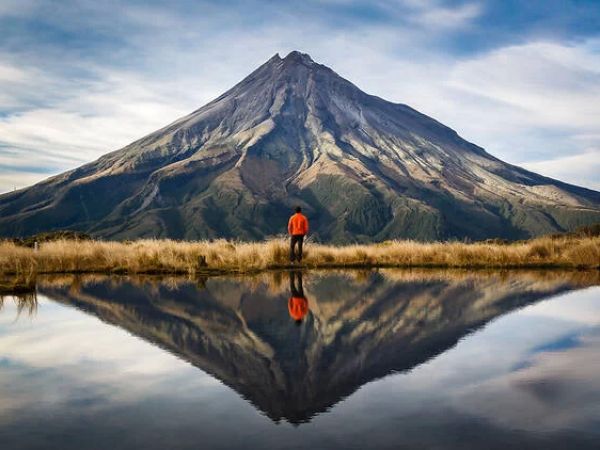Famous Temples in Kyoto, Japan: Top Sites to Explore on Your Journey
- 1. Kinkaku-ji: The Golden Pavilion
- 2. Fushimi Inari Taisha: The Path of Thousands of Torii Gates
- 3. Kiyomizu-dera: The Historic Water Temple
- 4. Ryoan-ji: The Zen Temple of the Dry Landscape Garden
- 5. Tofuku-ji: A Masterpiece of Japanese Zen Gardens
1. Kinkaku-ji: The Golden Pavilion
One of the most iconic temples in Kyoto, Kinkaku-ji, or the Golden Pavilion, is renowned for its stunning beauty and serene location. This Zen Buddhist temple, officially named Rokuon-ji, is covered in gold leaf and reflects beautifully in the surrounding pond. It’s a must-see for anyone visiting Kyoto, offering a glimpse into Japan's architectural elegance and spiritual calm.
Visitors often describe the moment they first see Kinkaku-ji as a surreal experience. The temple's reflection in the pond, framed by lush greenery, feels like stepping into a painting. Whether you’re exploring the gardens or simply soaking in the peaceful atmosphere, Kinkaku-ji is a place of quiet reflection.
2. Fushimi Inari Taisha: The Path of Thousands of Torii Gates
If you're searching for a temple with a bit more adventure, Fushimi Inari Taisha is the place to be. Famous for its thousands of vibrant red Torii gates, this Shinto shrine is a captivating journey through nature and tradition. Located at the base of Mount Inari, the shrine is dedicated to Inari, the god of rice and agriculture, and it’s one of Kyoto’s most photographed spots.
The path leading up to the shrine winds its way through forested slopes, and as you pass through the gates, you may feel as though you've entered another world. Each gate is donated by an individual or business, and many of them are inscribed with the names of the donors. It’s an extraordinary sight, and a hike to the summit offers incredible views of Kyoto.
3. Kiyomizu-dera: The Historic Water Temple
Another highlight on any Kyoto temple tour is Kiyomizu-dera, a UNESCO World Heritage Site and one of Japan’s most famous temples. Its name, meaning "Pure Water Temple," comes from the Otawa Waterfall that runs through the temple grounds. The main hall, built without the use of any nails, has a stunning wooden stage that juts out over the hillside, offering panoramic views of Kyoto.
Legend has it that if you drink from the waterfall, it will grant you a long life, happiness, and success in love. The temple is also known for its beautiful cherry blossoms in spring and vibrant autumn leaves, making it a year-round destination for visitors seeking both cultural insight and natural beauty.
4. Ryoan-ji: The Zen Temple of the Dry Landscape Garden
For those seeking tranquility, Ryoan-ji offers a place of profound calm. This Zen Buddhist temple is home to one of Japan's most famous rock gardens, known as the Dry Landscape Garden. The garden, which consists of 15 rocks arranged in a sea of white gravel, invites contemplation and reflection. The simplicity of the design creates a meditative space, perfect for those who want to embrace the essence of Zen.
Visitors often report spending time in the garden, trying to see all 15 rocks at once. The mystery of the garden’s design has fascinated many, and it’s believed that no matter where you stand, you can never see all the rocks simultaneously. This spiritual riddle has deep significance for Zen practitioners and makes Ryoan-ji a unique place to visit.
5. Tofuku-ji: A Masterpiece of Japanese Zen Gardens
Tofuku-ji is another Zen temple in Kyoto that should not be missed. Famous for its breathtaking gardens, Tofuku-ji showcases the perfect harmony of nature and design. The temple was founded in the 13th century and is one of Kyoto’s oldest and most revered temples. Its iconic Tsutenkyo Bridge offers sweeping views of the surrounding gardens, particularly stunning during the autumn months when the leaves turn vibrant shades of red and gold.
Visitors to Tofuku-ji often remark on the peacefulness that fills the air. The temple’s gardens feature an exquisite blend of rocks, trees, and foliage, all carefully arranged to evoke a sense of balance and serenity. It's a beautiful place to connect with nature and experience the Zen principles of simplicity and harmony.






